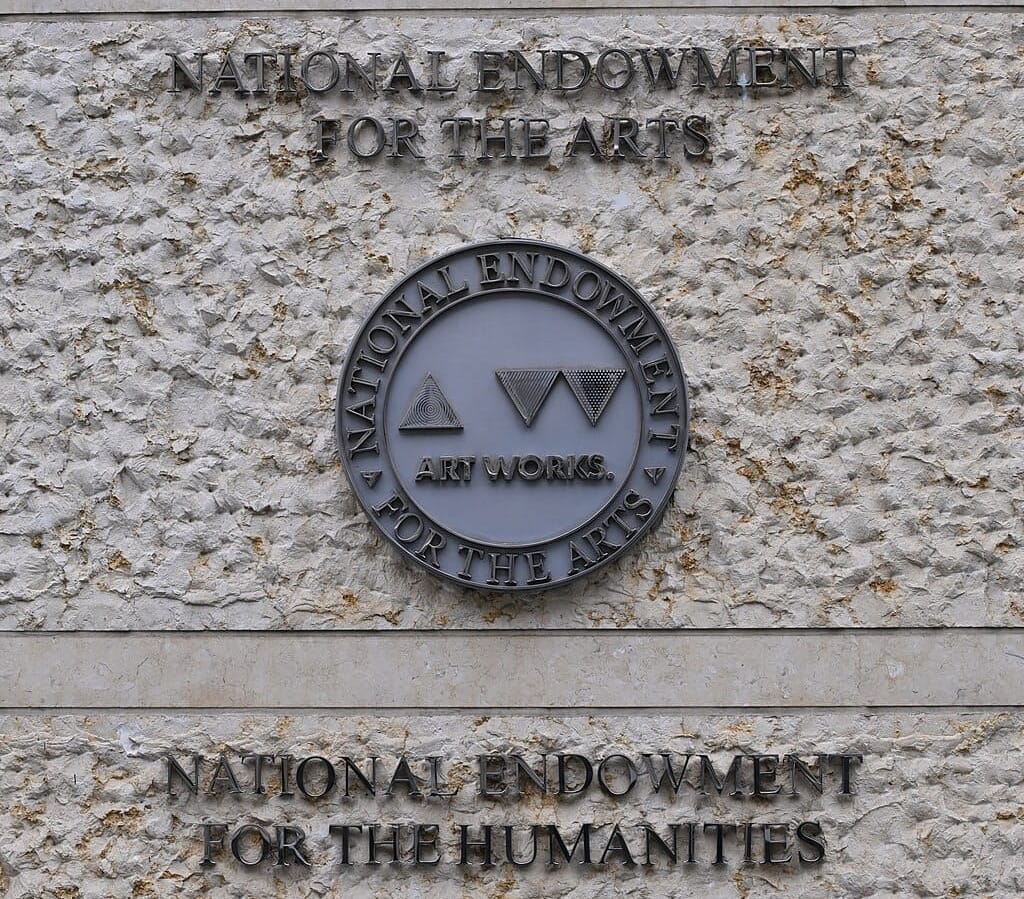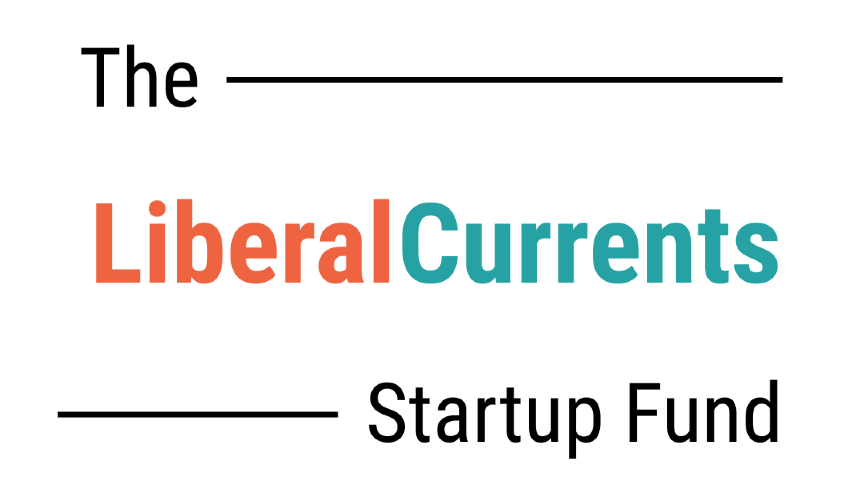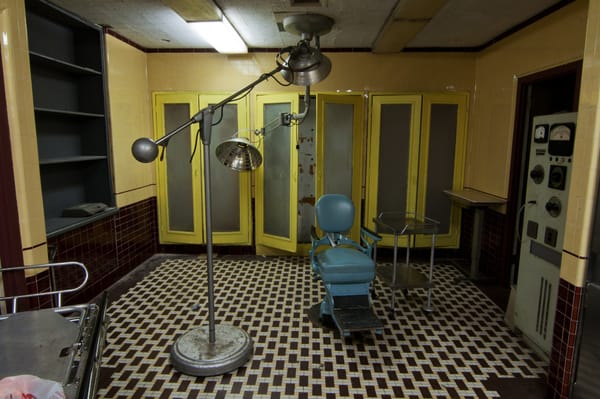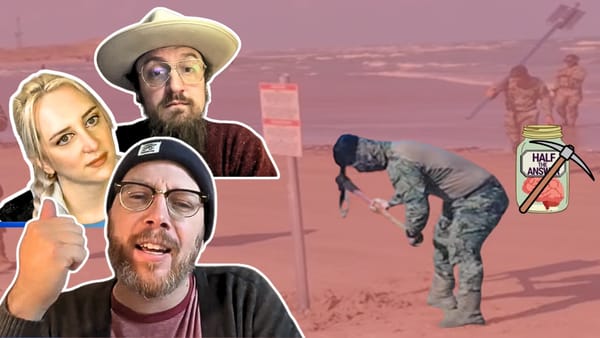A Renewal of the Liberal Spirit of America
The big question for liberalism today is not what policies we need, but how to get them to stick in the places they’re needed most.

In the essay Reforging America, Samantha Hancox-Li argues for a number of necessary policies to renew the government and make it work for the people. We need a broad reconstruction of the public sphere that is able to reach citizens in every state and every congressional district.
W.E.B. DuBois wrote in Black Reconstruction in America how the post-Civil War process was sabotaged from the start by aristocratic forces in the South who replaced slavery with Black codes and a legal system that disenfranchises people to this day.
Many examples of post-war reconstruction show the limits of top-down political intervention at imposing liberalism. To do so might even be considered a contradiction. Still, there are examples where reconstruction has worked. The occupations of West Germany and Japan after World War II were long ventures which have led to them being some of our closest allies.
The abolitionists in Congress could make mandates and enforce them with bayonets, but that still was insufficient to change the culture of the South towards one of liberty and equality.
Today, as federal programs are being dismantled and military-grade immigration officials are marching through cities, it’s clear that we will need a broad reconstruction plan. The big question for liberalism today is not what policies we need, but how to get them to stick in the places they’re needed most.
Artistic endeavors
Last year, the National Endowment for the Arts provided over $100M in grants for projects in every state and territory. Founded under President Johnson, the goal of the program is to provide matching funding for organizations creating and persisting art in local communities.
Art is something that can touch anyone. Funding for education is necessary, but art is something people can turn to regularly after they graduate. Art can represent a community, embedding its values and sharing what it means to be a member of that community. Art can be influential in our understanding of virtues and ideas. It can help us understand new perspectives.
The right understands that art can be used to political ends. Trump was added to the board of the Kennedy Center and aims to use his leadership to change the art that gets funded. The president has taken the bold step of reviewing Smithsonian exhibits to ensure they comply with his hyper-conservative view of reality.
Ian Garner’s book, Z Generation, documents how Russia has developed a popular culture that undergirds Putin’s nationalist authoritarianism. Art and culture are central and not peripheral to political persuasion and, in our current era of right-wing populism, it is worth asking how we can foster an environment that is fertile for liberal democratic values.
In the Liberal Currents essay Civic Campaigning Politics: A Muscular Mass Politics for Our Time, Hunter CG proposes the 50502000 plan for the Democratic Party to fund political influencers across the country. While this plan may be beneficial for one party, there should be a larger project to reach the artists across the country which fight back against these illiberal attacks on our culture.
Last year, right-leaning states received roughly half as much funding from the NEA as left-leaning states. This is a kind of disparity that was unintended from the start.
Congressman Roger Stevens, contemporaneous to the foundation of the NEA, noticed that great art was mostly limited to a few cities and wanted to create a national system which could reach a broader swath of the public. Today, that goal has not panned out exactly as expected. Left-leaning states get a lot of funding, and even within those states the funding is often allocated to a few cities. This is clear at the federal level. However, every state has their own arts council that can provide local funding. The NEA provides roughly the same amount of money to each state.
The NEA funding works as a match. If a given organization is able to find private capital, it can then apply for a grant. This is easy to do in cities, where there are many private philanthropies. In small towns, this can be difficult. As such, it can lead to a vacuum in the places needed the most.
New York City alone gets more NEA funding than any other state. Given the number of philanthropic organizations and private funders in New York, it’s worth asking if funding from the NEA could make a bigger impact elsewhere, in places that do not have that city’s enormous reserves of cultural capital.
Cities have an obvious edge when it comes to how many people any individual investment might reach. Rural areas necessarily require more visitors to travel greater distances for any experience. This may not be efficient on a unit cost basis, but art is not meant to be scalable or economically efficient. We are not selecting where to place the newest Starbucks location.
The next time Democrats have power in Congress, they should use a reconciliation bill to massively expand NEA funding with a focus on expanding access to every state and congressional district. This money needs to focus on grassroots organizations in every county and ensure the funds cannot be clawed back or have strings attached. Doing this at the level of the NEA can circumvent state councils that may be controlled by Republican leaders.
Funding may need to go beyond just art programs themselves and extend to new infrastructure like theaters and artist lofts. This infrastructure can bring new jobs and housing to places around the country and steps should be taken to ensure local governments cannot throw up roadblocks to development. This plan needs to be bold and creative to ensure that art of all kinds becomes more accessible to the public.
This program should not be explicitly partisan. It is unlikely that most Wyoming residents will elect a Democrat for president soon. However, art can show people about the value of a broader world and connect residents together. This isn’t explicitly liberal, although the values that art can foster are fundamental to a thriving liberal society.
This shouldn’t be seen as the federal government imposing artistic expressions. At the same time, the marketplace of ideas isn’t neutral. Media can sell well while lacking artistic merit. Funding art today is like a venture capitalist investing in a business that is currently unprofitable but whose value will pay off in a decade.
The book Embracing Defeat: Japan in the Wake of World War II documents the reconstruction of post-war Japan and how it turned from an imperial Axis power to a liberal democracy. The US military changed education policy, conducted war trials, and dismantled laws which censored dissenters and dissenting viewpoints.
High-ranking military officers were put on trial and banned from public service. A new constitution created new civil rights including emancipation for women. Old laws which censored heretical viewpoints and arrested dissidents were abolished. Institutions like the military police which mandated the government’s ideology left a cultural vacuum. This was filled in by grassroots artists and publishers who sought out new ideas. They began to discuss liberal and leftist ideas. New cultural ideas came with US servicemen, exposing Japanese citizens to new concepts that they could build upon. This exposure played a significant role in the evolution of Japanese culture, leading to a blend of traditional values and new global influences.
Increasing the NEA funding by an order of magnitude would still be relatively little in the federal budget but would allow the organization’s impact to reach into every corner of the country. This would allow art to flourish everywhere, not just in major cities. New art does need to be paired with a means of distributing this art. By expanding our existing public media network, we can fulfill Stevens’s original goal of reaching everyone.
An empowered NPR
Another one of Johnson’s programs was the Corporation for Public Broadcasting. A federally funded organization, it mainly served to give funding to the Public Broadcasting Service and National Public Radio. After the Republican recissions package, the organization is shutting down. PBS has already been seeking budget cuts, which will disproportionately affect underfunded stations in rural America.
It is increasingly important to have independent news under the current administration, whose rhetorical attacks on journalists have only become more dangerous. For instance, the FCC has required the CBS create a role to monitor for politically disfavored speech as part of a business merger.
As Steve Oney points out in On Air, the NPR brand itself is often associated with coastal urban liberals. However, NPR is just one node in a broad network. There are many public radio stations across the country which can license NPR shows for broadcast to license their own shows back to other stations.
Public media is a great medium to share art and ideas without having to rely on advertising or subscribers. This allows them to provide news and programming which is focused on quality over quantity.
There are NPR stations across the country which already provide listeners with local news and media, although they could benefit from more public funding.
A study from Northwestern Medill has shown just how stark the news situation has become. Since 2005, this country has lost over a third of its newspapers. Over two hundred counties are considered news deserts, without any locally based source of news. Another fifteen hundred have just a single news source. Altogether, about 55 million Americans have limited or no access to local news.
Where outlets do exist, many are now ghost newspapers stripped of their local reporting and just presenting advertisements and syndicated articles.
The consequences of this news vacuum are equally stark. As local news dwindles, local corruption increases. People lose local knowledge and community connections, unwilling to challenge politicians at the ballot box or in town meetings. When the only news they get is partisan, their voting patterns become more polarized.
One paper shows how a better history education, one that highlights the downsides to extremist governance, can counter extremist political views. Beyond high school classes, we need to urgently replicate this approach through our media outlets.
While NPR stations are often associated with radio, and even though NPR has been expanding their online presence, that doesn’t necessarily mean those are the best places to reach voters. Trump handily won the election among people who don’t read the news and political disengagement can be a big problem for a healthy democracy.
The full impact of budget cuts on NPR stations remains to be seen, but it is clear many rural stations will be strained with CPB cuts. This is the wrong direction to make citizens across the country informed citizens. It’s also unclear that radio or even written articles is the best way to do this. A Pew Research Center study has shown a majority of TikTok users get their news from the app. This does not mean that NPR needs to pivot to video. However, by giving them a large injection of funding, they will have the budgetary room to experiment with new methods of storytelling to see what engages the public the most. Maybe that means producing short-form videos or something else entirely. It’s clear that something new must be done to re-engage voters.
This has happened before. In 2003, philanthropist Joan Kroc gave a $200M donation to NPR. That gift led to a significant improvement in NPR, allowing them to hire more staff, improve their international coverage, and provide a greater quality of journalism. Even a one-time funding to hire new reporters at stations around the world could bolster our understanding of politics at a grassroots level.
The next Democratic Congress should recreate the CPB with not just political but financial autonomy. After the Nixon administration, Congress worked to prevent political interference by funding CPB two years in advance. This had worked for decades to provide the organization with time to find alternate funding during austere budgets.
To provide a recurring revenue source that is resistant to future meddling, this should be organized in an endowment scheme. The endowment can be given further funding to bolster its principal during periods of liberal governance. However, it should be ensured that this money cannot be clawed back once it has been transferred.
Yet it is clear that something new must be done to reengage voters.
Culture and allies
In many places, funding for the arts has often been in opposition to funding for science or for sports. When I was in high school in New Jersey, then-Governor Chris Christie forced a lot of painful budget decisions that affected local arts programs.
Today, I don’t think we need to take sides. The Republican Party has been cutting funding for the arts while simultaneously proposing deep cuts in federal science.
The next Democratic administration will need to do more than just reverse Trump’s cuts. They will need to go beyond them to restore not just the status quo but rebuild the public sphere from the ground up. STEM folks and art folks must work together to improve funding for both ventures.
A political repudiation of Trump is not enough. We need to shift the culture everywhere. By 2030, when the new Census leads to a change in congressional seats, it is projected that solid Democrat states like New York and California will lose seats while Republican states like Texas and Florida will gain seats.
This plan might be controversial to some, as it requires Democrats rewarding red states with more funding. However, it cannot be enough to just double down on the status quo and hope for a swing state in our favor. We need to push for these traditionally conservative states to become more liberal. We need to do more than just flip seats in a favorable environment, but ensure that these places develop the same culture of liberalism as in liberal cities.
We need to encourage more places to develop arts districts and encourage artists to travel and live there in residency. These demographic shifts might move people from blue states to red ones, and it may also allow these districts to rebuild the spirit of liberalism.
The problem with funding a liberal Joe Rogan is that seeking out a single national figure to create partisan content does not inform people. It leads to one more thing people ignore rather than examining the media environment and seeing how you can actually give them ideas and information that make them better citizens. The goal shouldn’t be to win the next election, but to sustain liberal democratic ideas and values over time.
Featured image is A sign at the headquarters of the National Endowment for the Arts and the National Endowment for the Humanities, by G. Edward Johnson




